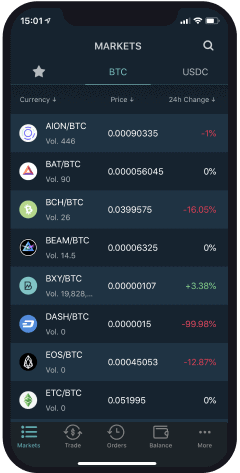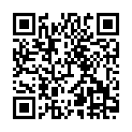The Dragonchain blockchain enables developers to create and maintain a public and private blockchain as well as the decentralized applications running on them with much less cumbersome and much more efficient tools. DRGN or Dragons, are the base asset used within the Dragonchain ecosystem to incentivize and reward participation with all of the platform features and solutions. The DRGN token is a tokenized micro-license (TML). This license can act as a more flexible version of stand licensing for legacy software. The DRGN token is seen as a more cost-effective alternative because the platform does not require an annual payment for each user that needs a license to use a product. The DRGN tokens were initially given to the participants of the Dragonchain token sale. This sale was held by Dragonchain to accumulate funds that would later be used to build upgrades to the platform as well as performing maintenance. As of now, there are roughly 235,000,000 DRGN tokens that make up the circulating supply. The maximum supply of DRGN that can be created is capped at 433,494,437. The Dragonchain platform features interchain technology, a patented process that allows you to extract additional value out of your blockchain by connecting it to and interacting with external blockchains like Neo, Ethereum, Bitcoin, and Ethererum Classic. Develop can also leverage the public and private hybrid blockchain system that is built into the Dragonchain ecosystem. This means that enterprises can run a private blockchain in tandem with public blockchains. When private and public blockchains are managed separately they are known to present issues to companies that need to keep some information private while exposing other data points. This way, a company can store their sensitive information inside of their private business node while publishing public data to the pubic blockchains that are available through the Dragonchain platform. The private business node represents the first of five layers of node operators that information must pass through before it is considered valid and eligible to be broadcast to the Interchain blockchains. The second layer of node operators is referred to as the Level 2 Nodes. The Level 2 Node performs the task of analyzing and validating the data that is held in the private business node. The Level 2 Node is able to perform this task without exposing any of the actual data that is contained in the private business node. The Level 2 Node represents the first checkpoint that data passes its way through on the path to full validation. Beyond the Level 2 Node, is the Level 3 Node. The Level 3 nodes take a more comprehensive approach to confirming and verifying the data that originates in the private business node and emerges past the Level 2 Node. The Level 3 Node accomplishes this by measure the amount of Level 2 Nodes that verified the data from the private business node. The Level 3 Node also takes into account the credibility of each Level 2 Node to derive a robust result that accurately assesses the worthiness of the data. The fourth checkpoint is the Level 4 Node. The Level 4 Node is analogous to a notary public. At this point, the data has been deemed to be verified by credible sources through the Level 3 Node. Now it will receive a cryptographic stamp from the Leve 4 Node operators on the Dragonchain platform. The final checkpoint that data must clear before emerging to external blockchains is referred to as the Level 5 Node. The Level 5 Node operator performs a check on all other levels that verified the data up to that point. Once the data has been confirmed by the Level 5 Node, it can begin to interact, via Intercahin technology, with the external blockchains that are compatible with the Dragonchain platform.
Features
The Dragonchain platform offers many features that can be utilized to make working with your blockchain as easy and seamless as possible. One of the primary features is interoperability, which Dragonchain provides through their patented Interchain technology. This tool allows developers working with Dragonchain’s technology to broadcast and receive data from external blockchains such as Neo, Bitcoin, Ethereum Classic, and Ethereum. Developers can benefit greatly from this technology because making separate tasks for each blockchain individually would require much more time and many more resources. Instead, developers can access the features of each blockchain through one simple portal. Another useful feature of the Dragonchain platform is the Dragon Factor. By creating a Factor, you can cryptographically conceal your passwords on the blockchain. When you store your passwords with other services they often store the password itself. This creates a security risk as to the third party that handles your passwords may spy on yout login credentials. They also may be attacked by hackers who gain access to your password. The Dragon Factor removes the ability for this to happen because the passwords are stores as encrypted hashes. If anyone gained access to them they would not be able to convert the hash in a way that shows them your password. This makes the Dragon Factor a more secure alternative to storing your login credentials. Those who wish to learn more about blockchains or how to construct them on the Dragonchain platform can do so on the Dragonchain Academy. This tool gives students rewards that are paid in DRGN when they successfully complete courses on the Dragonchain Academy. If you have staff that you would like to teach blockchain technology to you can set up in-person lessons so that your employees can develop these skills together.







